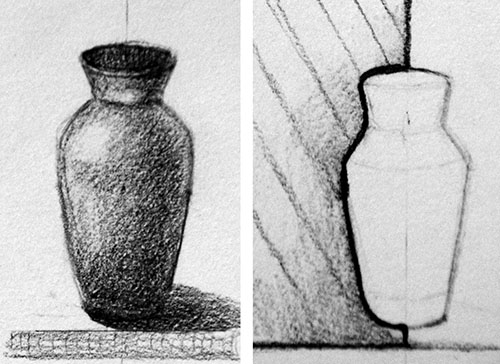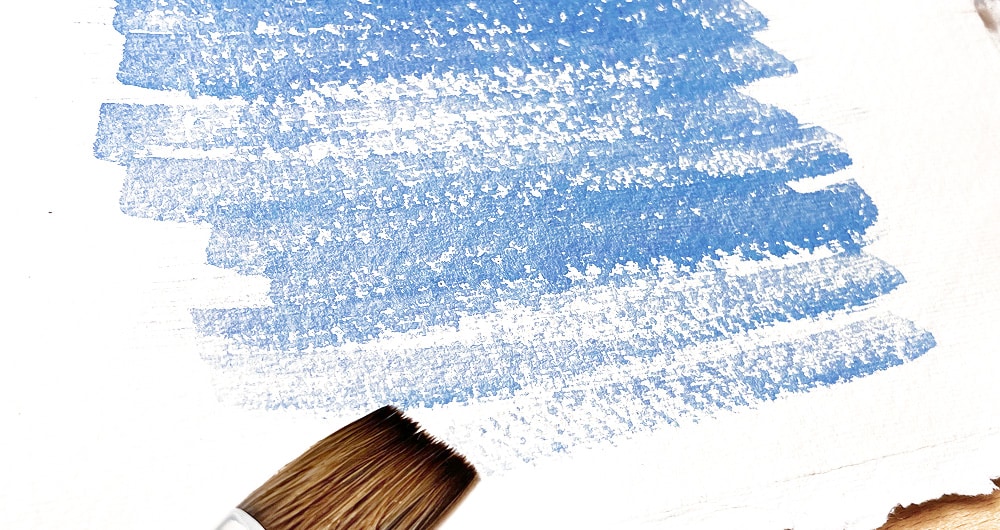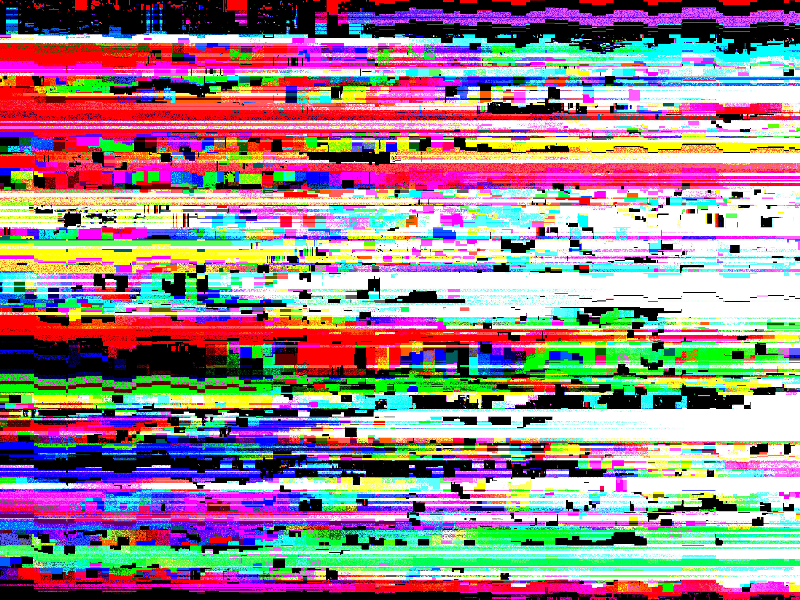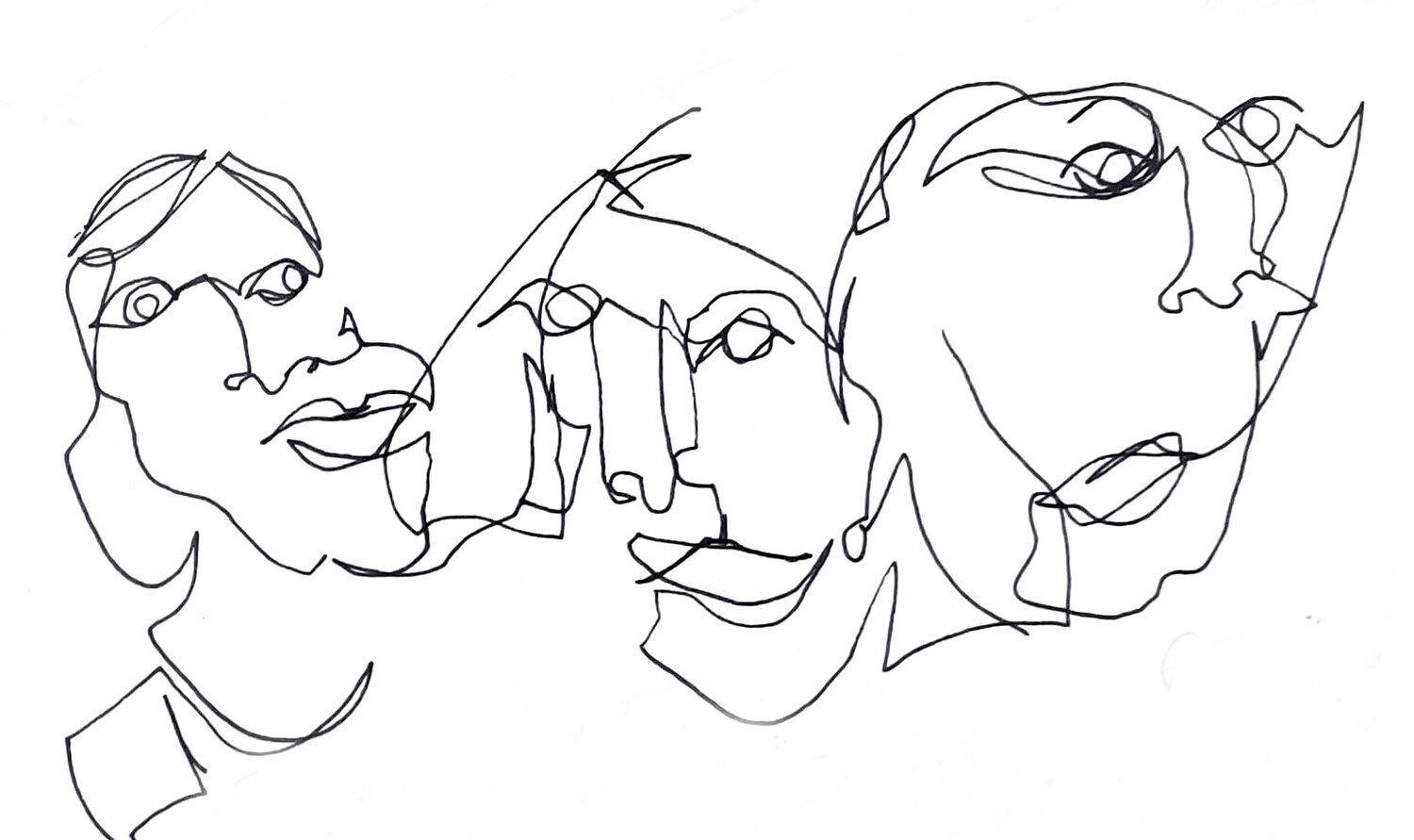Isometric design has seen a surge in popularity within digital art and graphic design, particularly in web interfaces, mobile apps, and infographic illustrations. This visual technique, which creates a 3D appearance using parallel projection without vanishing points, offers depth and structure while maintaining clarity. Designers favor it for its clean aesthetic and ability to communicate complex ideas in a compact, engaging format.
Unlike traditional perspective, isometric art doesn’t distort scale, making it ideal for tech-driven visuals such as dashboards, cityscapes, and explainer content. Platforms like Behance and Dribbble have showcased a boom in isometric compositions, where artists use geometric precision to blend realism with stylized abstraction. Its mathematical roots demand technical skill, but software like Adobe Illustrator, Figma, and Blender now make it more accessible to creators at all levels.
Isometric design isn’t just a trend—it reflects how modern digital art is balancing utility with visual appeal. As brands seek innovative ways to stand out in saturated digital markets, isometric visuals offer both storytelling and sophistication. With growing interest in metaverse design and gamified UX, isometric art may soon evolve beyond static graphics into interactive 3D experiences.





